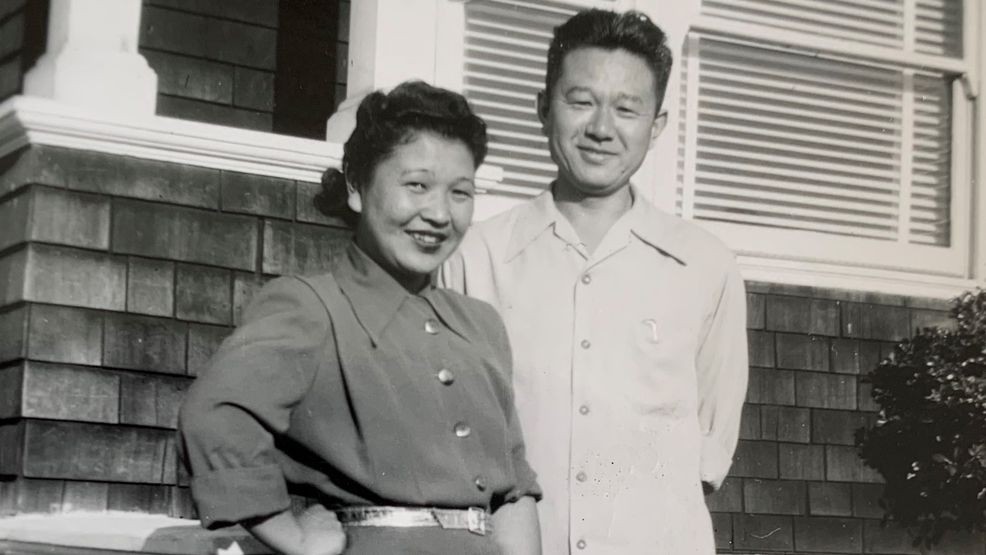DELTA, Utah (KUTV) — Mentioning Topaz or any internment camp can stir up unresolved feelings and questions for people with ties to those them.
Diana Tsuchida, a Bay Area, California resident, took time to visit the site where Topaz Internment once operated.
Tsuchida drove the roughly 700 miles to central Utah to see for herself the place her grandparents and father once lived in.
“It is so vast. It is an enormous space. It is overwhelming. And when I went there, I drove up the road. As close as you could get to the camp and that’s really how you have to see it,” she said.
MORE | Belonging In Utah
Tsuchida, is the creator of an oral history project and journal called Tessaku, which means iron fence.
The mission, is to preserve and share stories of Japanese Americans who were incarcerated during World War II.
With time moving quickly, Tsuchida feels urgency in collecting as many stories as possible.
“We really are at the end of generations, where they experienced this. And now, we’re coming down to my generation where I’m just a descendant of my father who was in camp. My grandparents, really had the harder time.
It’s just so vital because we’re on that cusp of losing all of the memories from World War II,” said Tsuchida.
Before arriving to Topaz her grandparents Tamotsu, his wife, Itsuye, and their son Mitsuki Tsuchida, were first sent to San Anita racetracks in the Los Angeles area. Then later transported to Topaz Internment Camp.
“And what my grandparents went through was pretty difficult because my grandfather was a resister he was a very vocal protester. And I think that had a lot to do with his awareness of his rights. He was an American Citizen born in California but he was fully educated in Japan,” said Tsuchida.
Her grandfather couldn’t stand by and watch injustices unfold around him at the internment camp. As a result, he was arrested multiple times and ultimately separated from his wife and son and sent to a citizen isolation center in Leupp, Arizona.
Family separation was just another layer of lasting trauma that would impact Tsuchida’s grandfather and others sharing his fate.
“He was kept there for about six or seven months until they sent him up to Toole Lake which was the biggest segregation center of so-called ‘disloyals’ in northern California,” said Diana Tsuchida.
The transfers didn’t stop her grandfather from speaking out. He continued and at the end of World War II was arrested and separated from his family again.
Tsuchida says her grandfather wasn’t released until February of 1947.
“And my grandpa talked about it until his old ageand I think he probably died with that on his heart, you knowhe could not let it go, that experience,” she said.
_____


AloJapan.com